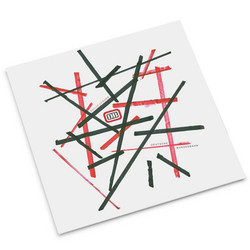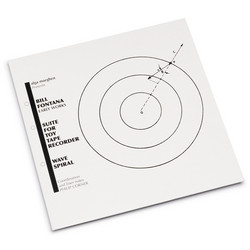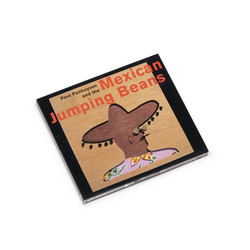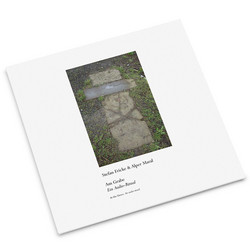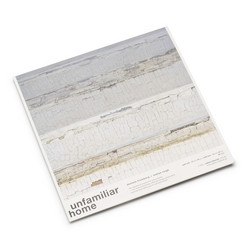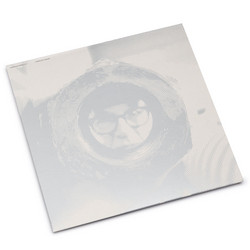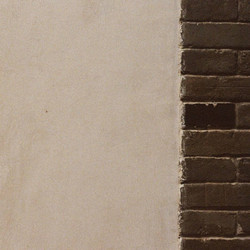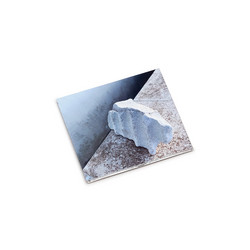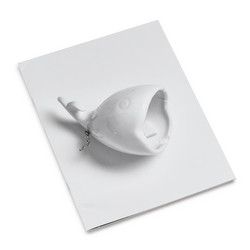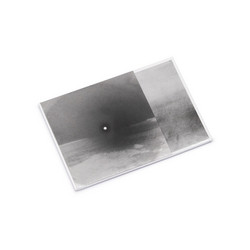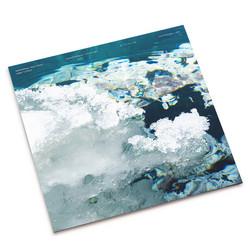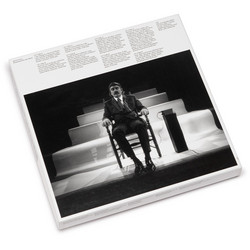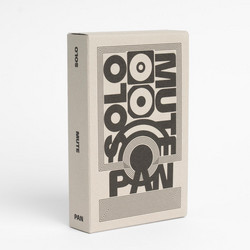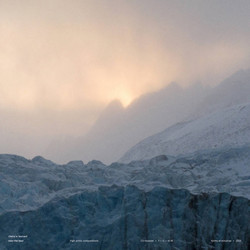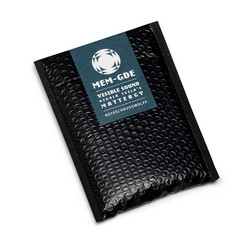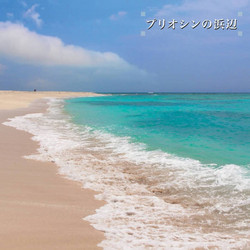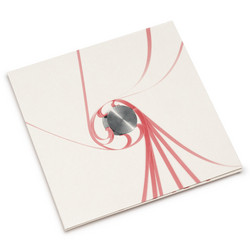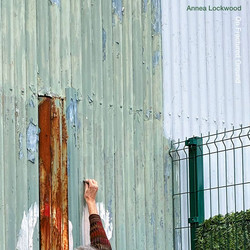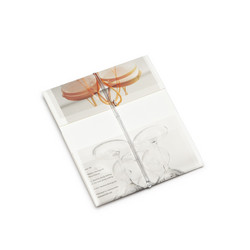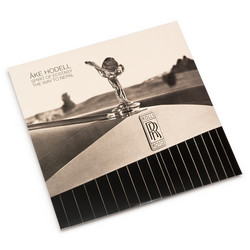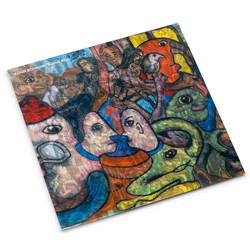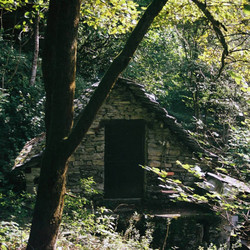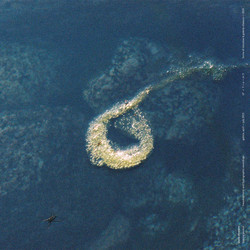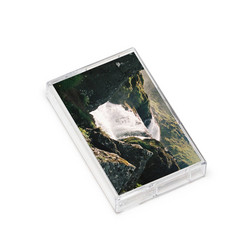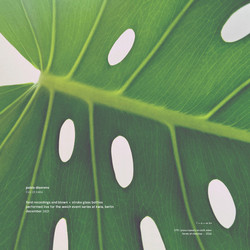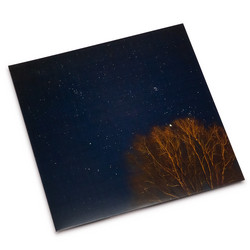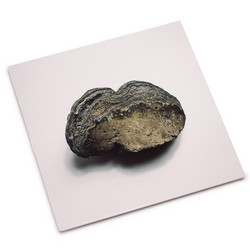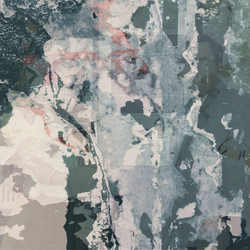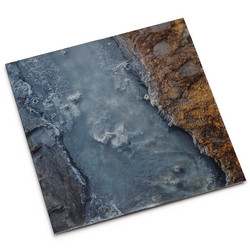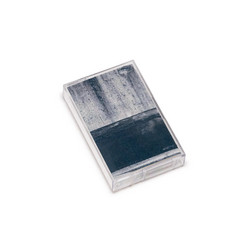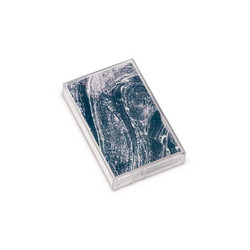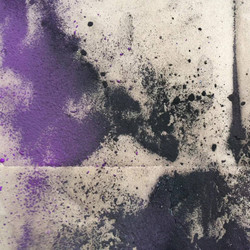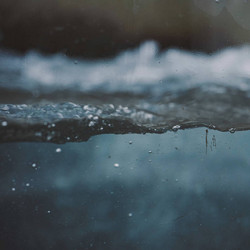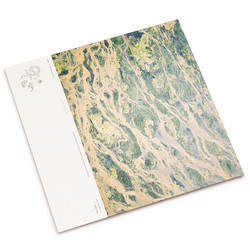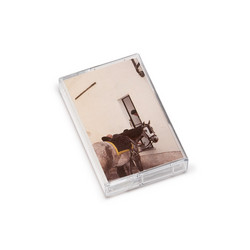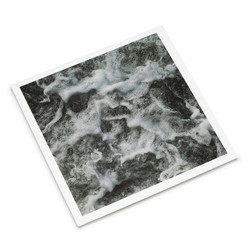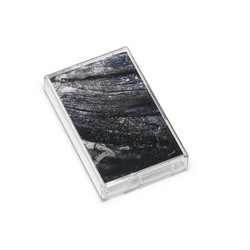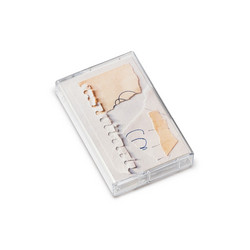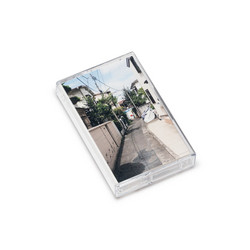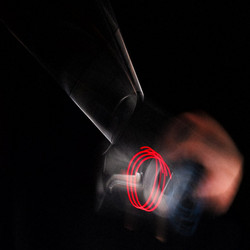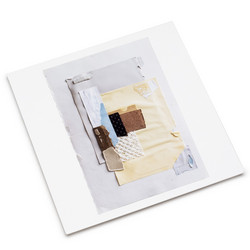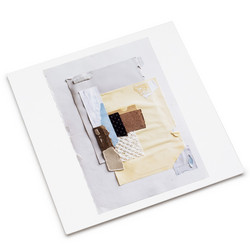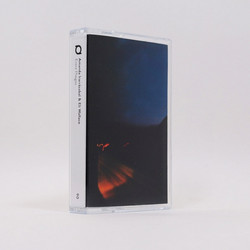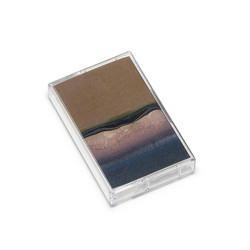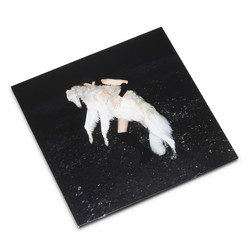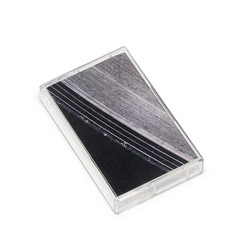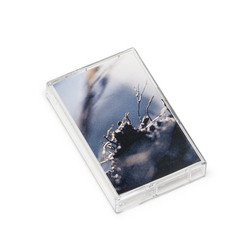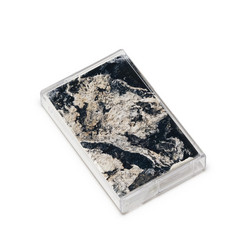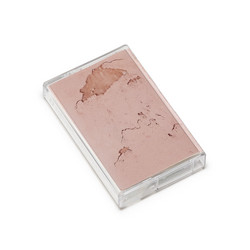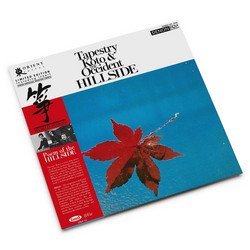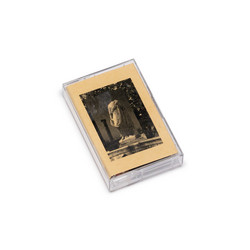* Edition of 300 * 2025 was declared the International Year of Glaciers’ Preservation by the United Nations, accompanied by the proclamation of March 21st of each year as the World Day for Glaciers starting this year. As they put it, “this is an opportunity to raise global awareness about the critical role of glaciers, snow and ice in the climate system and the hydrological cycle, and the economic, social and environmental impacts of the impending changes in the Earth’s cryosphere.” To celebrate this decision forms of minutiae presents a series of albums dedicated to glaciers and the acoustic multiplicity of the ice, with field recording works by Marc Namblard, Ludwig Berger, Yoichi Kamimura, Cheryl E. Leonard, and Pablo Diserens.
For the fifth and final album of this series forms of minutiae teams up with Dinzu Artefacts to present ‘ebbing ice lines’ — a dronesque and geologically-rich journey through the Low Arctic’s melting zones by field recordist, sound artist and forms of minutiae co-founder Pablo Diserens.
“In a small water-filled crevasse amid the ash-laden crystalized expanse of Sólheimajökull, a gurgling voice bridged the past and the present in fizzing strings of time-traveling air. Sounding its earthly memory, the glacier released bubbles carrying remembrances of the epochs it had witnessed. Temporal multitudes and a rich existence materialized in its melting. Echoing the animated nature of its jumbled body, the glacier kept growling in a bizarre, humorous, and expressive speech while losing the particles that made its skin. It vibrated in an ebullient tongue bristling with lingo. Ambiguous laughters, long laments, sudden regrets, visceral cries, circuit simulations, avian mimicking. This body held it all in a complex vocabulary, out in the open, as if it was grappling, digesting, its own fate. And there I was all ears, my hands on the ice, sharing the intimacy of a body murmuring into disappearance.” — Pablo Diserens
Glaciers are often spoken of as archives – frozen repositories of water, trapped air, rock and organic matter containing atmospheric information about the history of the planet. For many, Julie Cruikshank suggests in ‘Do Glaciers Listen?’, they have existed as “eternally frozen, safely distant, and largely inert”. And yet, as the planet warms and awareness of their melting increases, these vast tongues of ice have taken on new meaning, becoming “a new kind of endangered species” - or, what Cruikshank calls “a cryospheric weather vane for potential natural and social upheaval.” The sound of melting ice has become shorthand for a climate grief foretold.
On ‘ebbing ice lines’, Pablo Diserens steps between the extremes of these imaginaries and invites us not to think of the glacier simply as a container of environmental history or human emotion, but as an entity in its own right. Not beholden to its melting edge or calving frontier, Diserens heads for the interior to hold a stethoscope to the glacier’s gurgling guts. We feel its metabolism rise and fall, its arteries flow and its lungs exhale. Time and again over the course of the album’s eight distinct tracks, I find myself in an almost uncomfortable intimacy with a body far greater than my own.
‘ebbing ice lines’ is assembled entirely of field recordings made by Diserens on three trips to the Low Arctic – twice to Iceland and once on a self-guided residency with friends and colleagues Diane Barbé and Irwin Barbé at the Kilpisjärvi Biological Station in Finland, on the border with Sweden and Norway. Avian vocalizations, anthropogenic drones, geothermal pipelines, natural resonances, ice symphonies, geological shifts and volcanic eruptions are all characters in the drama of Diserens’ compositions, which like much of their previous work, leans into the smallest details of sound to provide connection and transmission across multiple species, scales and subjectivities.
It is fitting then that we begin on Sólheimajökull, a glacier in southern Iceland that is believed to be losing 60 metres a year to rising temperatures, dissolving thousands of years of freeze in a second of melt. As air bubbles are released into water-filled crevasses in a series of pops, bursts, and cracks on ‘melt morphemes (supraglacial)’, the sound we hear is of a millennia transformed into a moment, slow accretion rendered as spectacular event. It’s hard not to interpret these sounds as codes, forms of communication or vocabulary, which in a sense, they are. "What happens,” Diserens asks, “if we shift our perspective and sense of scale to embody that of a glacier?"
What is interesting about this proposition is that it lifts the burden of interpretation from the sounds themselves. Whatever the language of the glacier and the ice is, it is not simply for us as humans to understand. 'ebbing ice lines' is not a eulogy. In fact, like the title track, underpinned by vessel drones from the Lyngen fjord in Norway and squeals of drifting ice on Lake Kilpisjärvi in Finland, these sounds are often strangely oblique. The “incredible magnetism” of hums and drones that Diserens describes as “site-specific music”, the vibrato of rock ptarmigan calls, and the swirling cacophony of marine birds prey on the animal inside us, an undertow of recognition that something is not right in our Low Arctic lands.
'ebbing ice lines' intervenes in a context where warming climate is altering ecosystems and opening up naval and trade routes across long frozen seas, and Arctic tourism continues to increase exponentially. As the title suggests, there is a receding line beyond which ice can no longer form. And yet, the primary purpose of ebbing ice lines, and indeed Diserens’ work more broadly, is not to warn in the conventional sense, but to create bridges of understanding through sound that provide routes for us to be more present to that which surrounds us.
Listen to ‘world in the process of making itself’, featuring recordings of Krafla’s acidic mud pools and fumaroles, and Mo Zeisner’s recordings of the Fagradalsfjall volcanic eruption in Iceland, and it’s impossible not to hear in its flesh-like sounds a kinship of matter between the geological shifts and organic, bodily processes. By the time we return to ‘melt morphemes (proglacial)’, I am so primed to feel the presence of a living being in my midst that for a moment I am convinced that these underwater recordings of ice growlers in the proglacial lakes of Svínafellsjökull, Fjallsjökull and Breiðamerkurjökull are the sound of human breath, unsettlingly close against the microphone and sending a shiver up my spine.
The album ends with ‘mapping moulins’ and back on Sólheimajökull, the Icelandic glacier whose murmurings we encountered on the first track. Now though, we are above the surface, treading carefully with Pablo between gaping moulins, crevasses and glacial streams, listening vertically down through the ice, both at one with and apart from its astonishing diversity, before the surging rivulets fade out into a prescient drip, drip, drip.
It is only too human then to try and find analogies or metaphors for processes we cannot control or perspectives we cannot access. The drone as presage, the melt as ticking clock, the ice as archive, the glacier as body. Tempting as it is to hear meaning, the invitation Diserens extends is not quite so direct. Stop, listen and pay attention to the cryosphere and how it makes you feel. Hear the veil between you and the ice thin, sense your own porosity, and let your edges dissolve. Everything else will flow from there.
